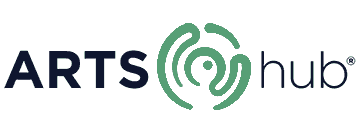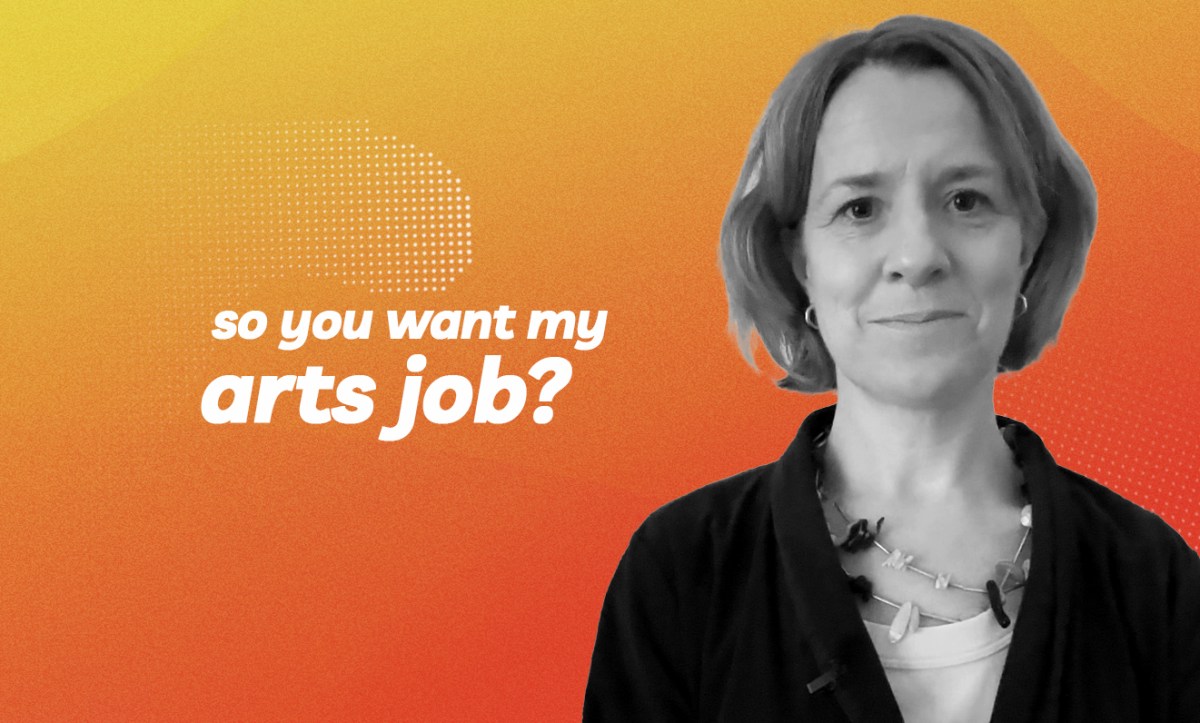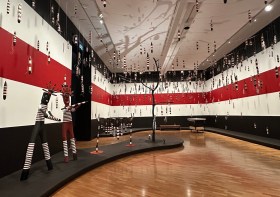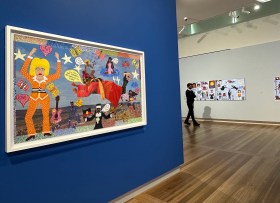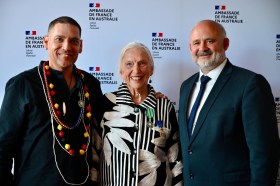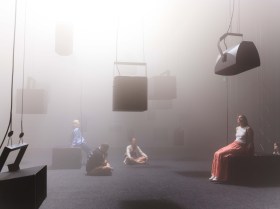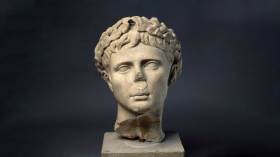Tamsin Cull joined the Queensland Art Gallery/ Gallery of Modern Art (QAGOMA) in 2002. She has been pivotal in playing a role in shaping how people engage with artworks and artists, in particular creating pathways of engagement for children and families.
Under her guard, the gallery established the Children’s Arts Centre with the opening of GOMA – a space that has been internationally recognised for leading in this area – and today has expanded to involve a team of colleagues.
